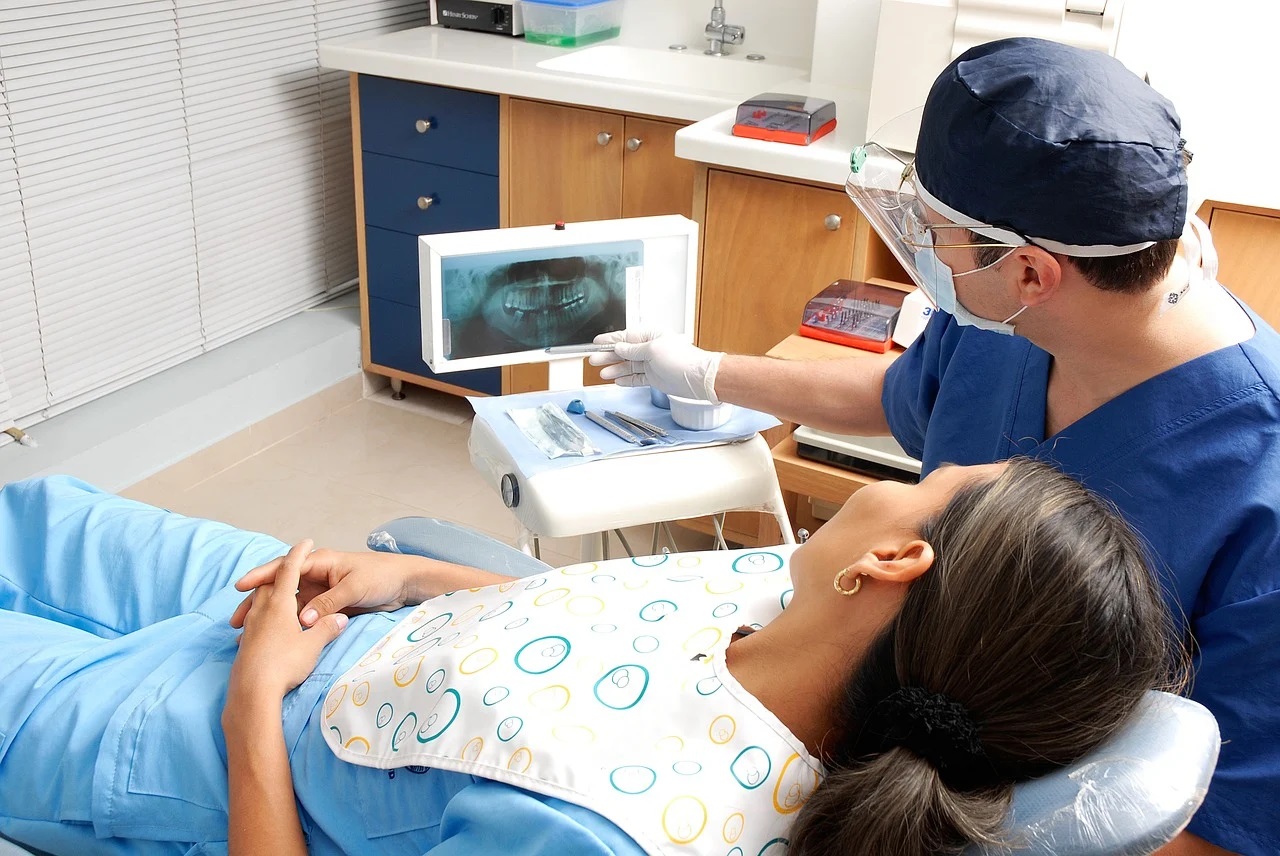A guide for Jaw Surgery and Orthodontics
By: Dr. Rajan Sharma

About one-third of the world’s population has a problem with the irregular size and shape of the jaws. Corrective Jaw surgery and Orthodontics (medically termed as orthognathic jaw surgery) can help readjust or realign the jaw.
Orthodontics is a branch of dentistry that addresses the concerns related to the positioning of teeth and jaw. If any issue of the jaw cannot be handled by orthodontics alone, orthognathic jaw surgery (a part of surgical orthodontics) is recommended by the orthodontist. An orthodontist works along with an oral/ maxillofacial surgeon to carry out orthognathic surgery to remedy the skeletal issues that affect the chewing, biting, and speaking abilities as well as sleeping and other routine activities. If one is facing bite and jaw issues one must consult an orthodontist to know more about oral or orthognathic jaw surgery.
The ortho and oral jaw surgery can only modify the adult jawbones as they are not growing. People often seek jaw surgery if they wish to correct the deformity in appearance or there is a loss of jaw function. In conjunction with orthodontic treatment, jaw surgery and orthodontics can enhance the facial appearance and improve the self-esteem of the individual.
Read along to know about “what is ortho and oral jaw surgery and how it is performed”.
Why is Ortho and Oral Jaw Surgery Done?
Some of the Problems that Jaw Surgery Can Help with Include:
- Bite issues: These include open bites wherein the teeth don’t fit together when the mouth is closed (i.e. upper and lower jaws are out of position); underbite (protruding lower jaw); overbite (a receding chin). As the jaw is not aligned properly due to abnormal jaw growth, the smile appears nasty and also leads to chewing difficulties. In some cases, the lips are not able to meet without straining.
- Temporomandibular joint (TMJ) disorder: It is a painful condition wherein the jaw joints and the surrounding muscles and ligaments are affected because of trauma, arthritis, wear and tear, and incorrect bite. An orthodontist and oral jaw surgery can help one to correct these issues and achieve improved bite functioning.
- Asymmetry of the face: After losing teeth or having a tooth extraction, the jawline appearance may change.
- Chewing, biting, or swallowing difficulties: These occur as a result of misaligned teeth or missing teeth.
- Wear and tear of the teeth: Attrition is wearing of the tooth due to friction caused by adjacent teeth. This can happen due to teeth clenching or bruxism, or overcrowded teeth in the mouth.
- An injury or congenital condition: One of the common birth conditions that can be repaired by jaw surgery is cleft palate (an opening or slit created at the roof of the mouth).
- Breathing problems: This includes persistent mouth breathing, dry mouth, and obstructive sleep apnea including snoring.
What to Expect During Orthodontics and Orthognathic Jaw Surgery?
Pre-surgery: Preparation includes taking measurements, molds/ impressions, or X-rays of the mouth. Sometimes, computerized 3-D modeling of the mouth is performed as well. Mostly, the patients have braces or aligners fitted in their mouth by the orthodontists in the months before the jaw surgery to help align the teeth.
During surgery: The orthognathic surgery is performed under general anesthesia which means the patient is put to sleep throughout the surgery. Mostly, the surgery is over within 2 to 5 hours, but the exact period of the procedure depends upon the specific procedure being performed.
During the operation, all incisions are made inside of the mouth but sometimes, small cuts may be required outside of the mouth. The chances of facial or chin scarring are unlikely in this procedure.
The ortho and oral jaw surgery cost depends on several factors like the patient’s age, type of surgery performed, or correction required, and also depends on the surgeon’s experience.
Post-surgery and recovery: Immediately after the orthodontics and orthognathic jaw surgery, the patient is shifted to the recovery room and is made to stay in the hospital for about 1 to 4 days depending upon their health status. After the jaw surgery, it is normal to experience slight bruising, stiffness, and some swelling in the face and jaw areas which usually subsides within the first 2 to 3 weeks. In some patients, there is numbness felt at the top or bottom of the lips that go away over a few weeks or months, rarely it is permanent.
The recovery period for jaw surgery may last anywhere between 6 and 12 weeks. Even after full recovery, the orthodontist may continue teeth alignment with braces and aligners. The overall treatment time usually is about 24 to 30 months.
Aftercare Required:
At the time of discharge, the surgeon gives some post-surgery care instructions for proper eating and oral hygiene that must be followed for speedy and healthy recovery. Here are some of them:
- The doctor may prescribe some pain medications to reduce the discomfort and also an antibiotic course to be taken for about 1 week to avoid infections that must not be avoided.
- For upper jaw surgery, avoid blowing the nose for about 2 weeks post-surgery.
- Consume plenty of water for the first several days of recovery to minimize nausea.
- Maintain a soft or liquid diet that doesn’t involve chewing for approximately 6 weeks.
- As soon as it is feasible, the patient must start brushing their teeth with a soft toothbrush and keep the mouth clean.
- Avoid strenuous exercises until all the energy and strength are regained by the body. At least 2-3 weeks off is required from work but due to dietary changes after surgery, the recovery may take time.
- Do not play any contact sports for at least 3 months.
Consult anoral/ maxillofacial surgeon to know more about corrective jaw surgery and orthodontics in detail.
